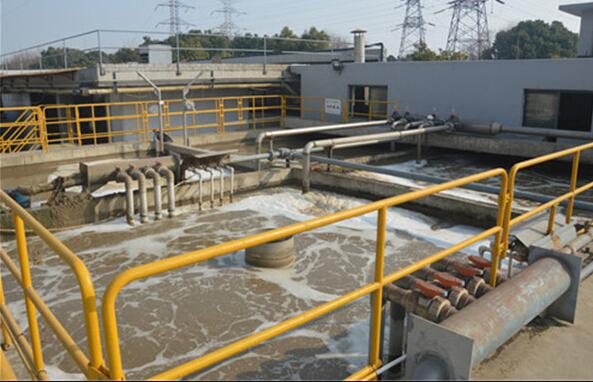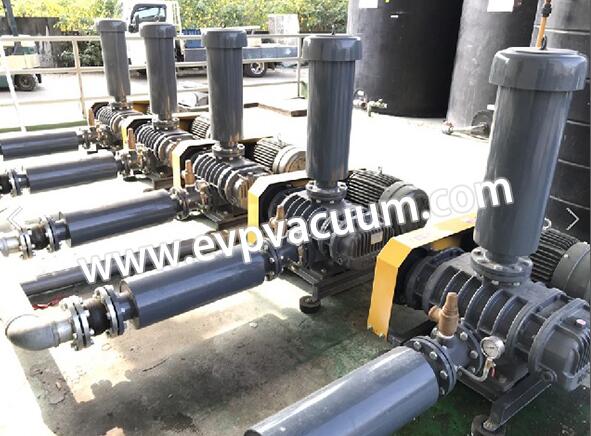Roots blower for integrated wastewater treatment
The technology of Roots blower has been developed and mature, which can meet the process requirements of integrated sewage treatment. The treated water can be used in places with low water quality requirements, such as cooling water, flushing water, construction water, irrigation water, etc., to further realize recycling and reuse and protect water resources. At present, roots blower for integrated wastewater treatment has been applied in villa community, hospital and residential area. It has the advantages of simple structure, low energy consumption, high efficiency and simple operation.

Roots blower for integrated wastewater treatment basic requirements
1. Sewage treatment technology is mature, economic and reasonable overall design principle, strive to save energy, reduce consumption, reduce project investment, low operation cost, convenient operation and management, advanced and mature sewage treatment technology process.
2. Stable process flow, high efficiency, strong impact load resistance, flexible operation, reasonable equipment layout and compact structure.
3. The selection of sewage treatment equipment should be properly matched, stable operation, cost saving, simple maintenance and long service life.

Roots blower for integrated wastewater treatment basic principles
1. The non-toxic production technology is used to replace the backward production technology, and the production of toxic and harmful sewage should be eliminated or reduced as much as possible in the production process.
2. In the process of using toxic substances and producing toxic substances and products, we should strictly operate and supervise, eliminate and reduce losses, and adopt reasonable processes and equipment as far as possible.
3. Wastewater containing toxic substances, such as heavy metals, radioactive substances, high concentration phenol and cyanide wastewater, should be separated from other wastewater to treat and recover useful substances.
4. The wastewater with large flow and light pollution should be recycled and reused properly, and should not be discharged into the sewer, so as to avoid increasing the load of urban sewer and urban sewage treatment.
5. Organic wastewater similar to urban sewage, such as food processing wastewater, sugar making wastewater and papermaking wastewater, can be discharged into the sewage system for treatment.
6. Some toxic wastewater that can be biodegraded, such as phenol and cyanogen wastewater, can be discharged into urban sewers through discharge standards after treatment, and then further biochemical treatment.
(The article comes from the Internet. If reprinting is not allowed, please contact our company to delete it.)
